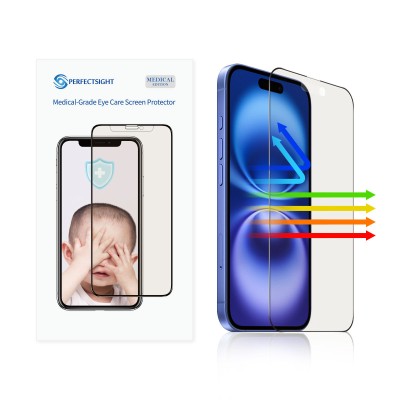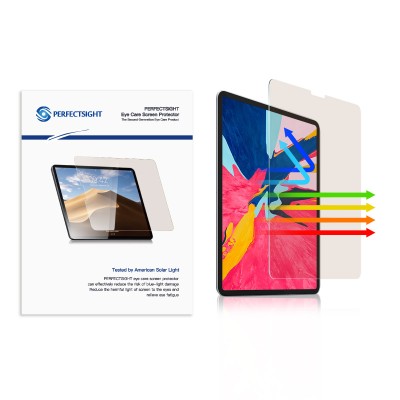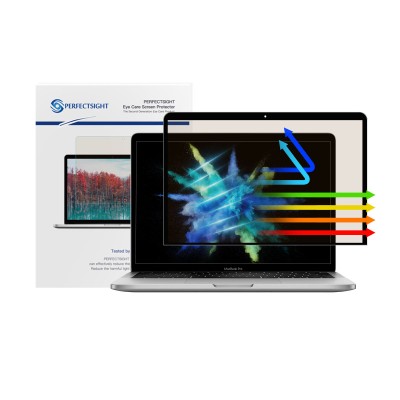What is Nano-Texture Glass?
What Is Nano-Texture Glass?
Nano-texture glass is an advanced material engineered by manipulating the surface of glass at the nanoscale (measured in billionths of a meter). Unlike conventional glass, which has a smooth surface, nano-textured glass features microscopic patterns—often conical or porous structures—etched directly into the substrate. These textures are typically created through techniques like chemical etching, thin-film deposition, or laser-induced patterning, which alter how light and other substances interact with the glass.
The core innovation lies in leveraging nanoscale physics: by designing features smaller than the wavelength of visible light, the glass gains unique properties such as anti-reflection, self-cleaning, and anti-fogging capabilities.
Applications in Nano Texture Displays
Nano-texture glass has become a game-changer in display technology, particularly for high-end electronics. Apple pioneered its integration in devices like the Pro Display XDR, iPad, and MacBook Pro, targeting professionals who require exceptional visual performance.
Here's how it works in practice:
Light Management: The nano textures scatter ambient light instead of reflecting it directly, reducing glare by up to 55% without sacrificing brightness or color accuracy.
Seamless Integration: Unlike traditional matte screen protectors—which can degrade image quality with a "grainy" effect—nano-texture is fused into the glass substrate. This ensures ultra-thin profiles (0.3mm) and preserves touchscreen responsiveness.
This technology is especially valuable in bright environments (e.g., outdoors, sunlit offices) where glare compromises visibility. It also extends to solar panels, automotive windshields, and architectural windows, highlighting its versatility.
Key Advantages of Nano-Texture Screen Protectors
① Superior Anti-Glare Performance
By scattering light through physical etching rather than chemical coatings, nano-texture glass maintains 93% light transmittance and supports high dynamic range (HDR) content with peak brightness of 1,600 nits. This makes it ideal for color-critical tasks like photo editing or video production.
② Self-Cleaning and Durability
The nanostructures create a superhydrophobic surface, causing water droplets to bead up and roll off while carrying away dust and contaminants. This reduces maintenance needs and enhances longevity. Additionally, the etched glass is more resistant to scratches compared to conventional anti-reflective coatings.
③ User-Focused Benefits
Reduced Eye Strain: Minimized reflections alleviate fatigue during prolonged use.
Battery Efficiency: Lower screen brightness is needed in bright settings, potentially extending device battery life.
Professional-Grade Accuracy: Supports 98% P3 wide color gamut, catering to designers, photographers, and filmmakers.
-400x400.jpg)



